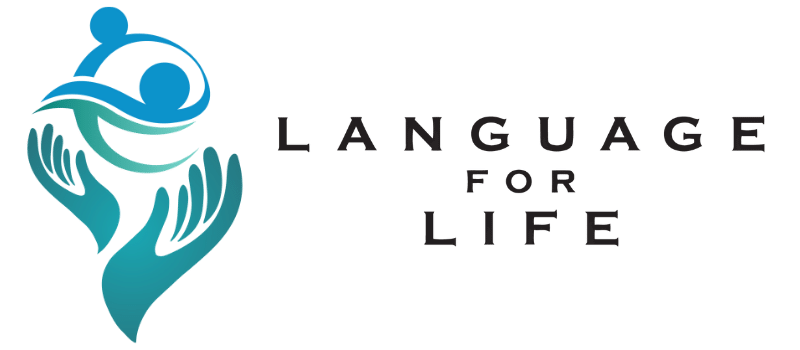Music leads us across the physical world as well as the domains of memory and emotion, with each song acting as a bridge to cherished moments and distant recollections. To the rhythm of the song, we travel through time, reliving old experiences and creating new ones with each beat. But what particular effects might music have on our feelings, minds, and moods? Furthermore, how can we use this healing potential? The deliberate process of creating art, music, or any other kind of creative expression, can significantly improve wellbeing. Let’s investigate some fascinating uses for music psychology.
The Symphony Within: The Neurological and Psychological Effects of Music
Not only does music soothe our ears, but it also sets off an extensive cognitive symphony. Here’s an overview of the key mechanisms:
The Reward System: Lively tempos, appealing melodies, and harmonic melodies activate the brain’s reward system, which releases dopamine, a chemical that is associated with pleasure and desire. When we listen to music that we love, we experience a happy and uplifting “dopamine rush”.
The Limbic System: Music directly affects the limbic system, the brain’s emotional centre. Fast-paced music might create more excitement, whereas slower tempos and more subtle melodies promote relaxation. Minor chords, for example, have the power to arouse feelings of melancholy or nostalgia.
Associations and Memories: Music and personal experiences are very similar. Early music takes us back in time and location by evoking the feelings and pictures connected to that occasion. As a result, listening to music can promote introspection and emotional processing.
Music as Therapy: Healing Through Sound
Music therapy is a powerful therapeutic technique that has been developed as a result of scientific understanding of the effects of music. Using music in therapeutic circumstances looks like this:
Mood Regulation: While peaceful music can encourage relaxation and stress reduction, upbeat music can help fight feelings of worry and hopelessness.
Cognitive Function: While peaceful music can encourage relaxation and stress reduction, upbeat music can help combat feelings of worry and discouragement.
Emotional Expression: People can process and communicate tough feelings that they might find difficult to vocally express in a safe space—music.
Social Interaction: Sessions of group music therapy help improve social skills and communication, particularly for people with social anxiety disorder or autism.
Mindfulness and Art: Finding Peace Through Creation
Art creation, like music, offers a unique path to self-discovery and emotional well-being. Here’s how mindfulness intersects with art:
Present Moment Focus: Making art with mindfulness helps you to stay in the moment. It enables you to pay attention to the way your hands move, the feel of the materials you’re working with, and the progression of the creative process. The focus is on living and appreciating each moment as it comes rather than worrying too much about the result.
Stress Reduction: Creating art entails rhythmic motions that can induce a meditative state that releases stress and promotes relaxation.
Self-Expression: Art provides a safe space for expressing emotions and experiences that may be difficult to put into words. Colours, textures, and forms can be used to give inner views shape.
Self-awareness: The process of creating art can lead to a deeper understanding of oneself, one’s emotions, and one’s creative potential.
The Synergy of Music and Art: A Powerful Combination
Combining music and art can aid in emotional healing and self-discovery. Here are some ways to combine them:
Mindful Music Selection for Art Making: Choose music that expresses the emotions you want your artwork to portray. While calm music can promote focus and relaxation, lively music can pique one’s curiosity and inventiveness.
Movement and Music Therapy: Combine music, dance, and creative expression. Move your body in sync with the music to let your emotions flow onto the canvas.
Group Art Sessions with Music Integration: Create a collaborative and supportive setting where music creates a mood and promotes communication between individuals.
Beyond just being entertaining, art and music may be very powerful tools for emotional regulation, self-expression, and mental wellness. If we understand the psychological mechanisms at play and employ attentive techniques, we may be able to release the transformative power of art and music. Now grab your clay or paintbrushes, turn on your favourite song, and allow your heart and hands to lead you on a creative and emotional healing trip.


